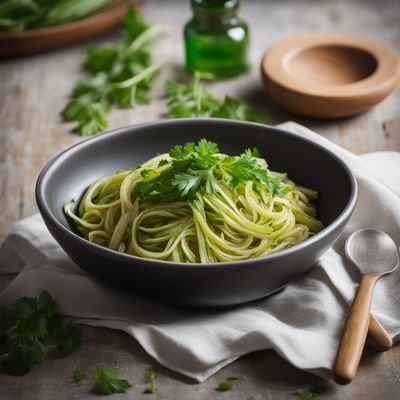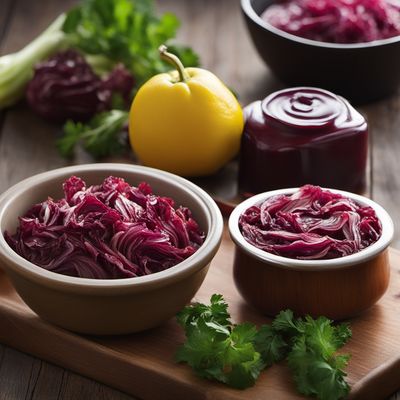
Ingredient
Lowbush Blueberry
The Wild Berry Wonder
Lowbush blueberries are small, round berries with a deep blue-purple color. They have a sweet and tangy flavor, with a subtle earthy undertone. The berries are known for their firm texture and are often smaller than cultivated blueberries. They are typically enjoyed fresh or used in a variety of culinary preparations, including pies, muffins, jams, and sauces.
Origins and history
Lowbush blueberries are native to North America and have a rich history in Indigenous cultures. They have been foraged and enjoyed for centuries by Native American tribes, who recognized their nutritional value and medicinal properties. Today, lowbush blueberries are commercially cultivated in regions with acidic, well-drained soil, such as Maine and Eastern Canada.
Nutritional information
Lowbush blueberries are a nutritional powerhouse, packed with antioxidants, vitamins, and minerals. They are particularly high in vitamin C, vitamin K, and manganese. These berries also contain anthocyanins, which give them their vibrant color and have been linked to various health benefits, including anti-inflammatory and antioxidant effects.
Allergens
None known.
How to select
When selecting lowbush blueberries, look for berries that are plump, firm, and have a deep blue-purple color. Avoid berries that are soft, shriveled, or have moldy spots. Fresh blueberries should have a sweet aroma. If purchasing frozen blueberries, ensure they are free from ice crystals and clumps. Opt for organic or locally grown berries when possible for the best flavor and quality.
Storage recommendations
To extend the shelf life of lowbush blueberries, store them in the refrigerator in a breathable container or a perforated plastic bag. Avoid washing the berries until ready to use, as excess moisture can promote spoilage. Fresh blueberries can also be frozen for long-term storage.
How to produce
Lowbush blueberries can be grown in regions with acidic soil and a cool climate. They require full sun exposure and well-drained soil. While they can be challenging to cultivate, they can thrive in home gardens with proper care and attention.
Preparation tips
Lowbush blueberries can be enjoyed fresh as a snack or incorporated into a wide range of dishes. They are a classic addition to breakfast foods like pancakes, waffles, and cereal. Blueberries can be used in pies, tarts, muffins, and cakes, or transformed into jams, jellies, and sauces. They pair well with lemon, vanilla, cinnamon, and other berries.
Availability
North America (Maine, Eastern Canada)
More ingredients from this category
Recipes using Lowbush Blueberry

Portuguese-style Sautéed Fennel
Fennel Delight: A Portuguese Twist on Sautéed Fennel

Insalata di Mare with Citrus
Mediterranean Delight: Seafood Salad with a Citrus Twist

Tonno alla Stemperata with Citrus Salad
Mediterranean Delight: Grilled Tuna with Zesty Citrus Salad

Creamy Fennel Soup
Velvety Fennel Delight

Salvadoran-style Ensalada de Hinojo y Naranja (Fennel and Orange Salad)
Tropical Fusion: Salvadoran Fennel and Orange Salad

Pinzimonio with a Twist
Garden Fresh Vegetable Platter with Zesty Dipping Sauce

Southeast Asian-inspired Fennel Frittata
Fragrant Fennel Frittata: A Southeast Asian Twist on a Classic Italian Dish

Japanese Chinese Style Fennel Soup
Umami Infused Fennel Delight

